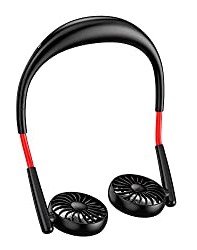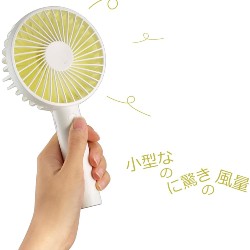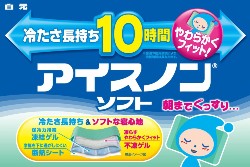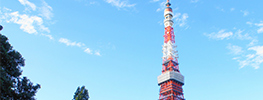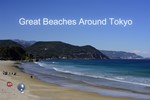Tokyo Summer Survival Guide: How to Avoid Heatstroke
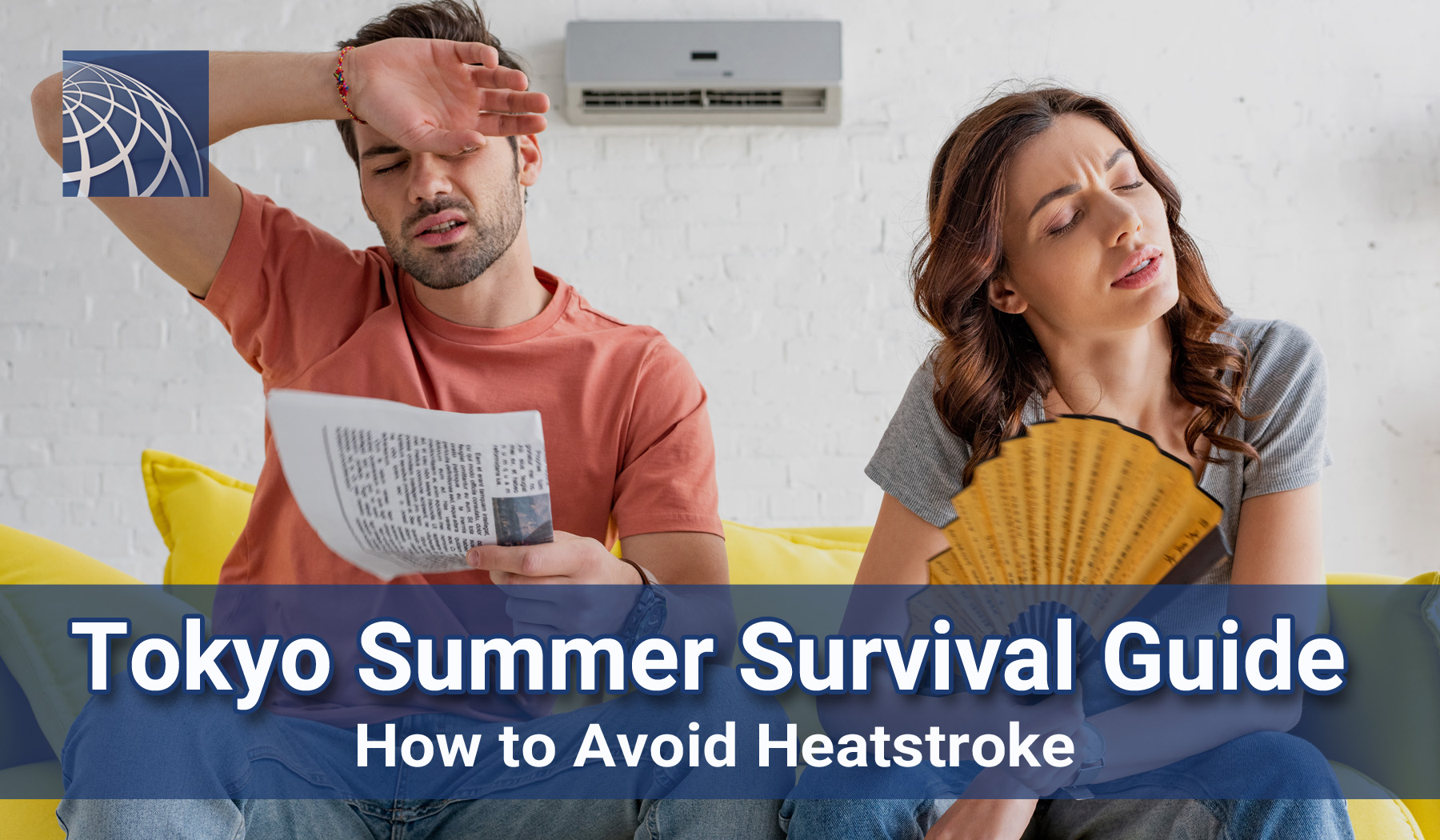
Climate change is becoming a huge reality for many citizens across the world, and Tokyo is no exception. Every year seems hotter than the last, with last year setting records for scorching temperatures–and for subsequent heat-related deaths.
In this article, we’ll help you recognize the health dangers associated with summer in Tokyo, how to best avoid these situations, and what you should do if the heat becomes a serious problem.
When Are Temperatures the Hottest in Tokyo?

The end of July through August is the center of these sweltering temperatures, sometimes reaching over 37ºC, especially when factoring often above 70% humidity. This guide will help you make the most informed choice to keep yourself and your family safe through the rest of these summer months.
What Exactly is Heatstroke?
Identifying Heatstroke is one of the most important things you can do. The earlier you can identify this condition, the better chances of a full recovery. Dizzy/Light-headedness, stomach or muscle pain/cramps, and nausea are all early symptoms of heatstroke.
If you identify any of these, get them to a cool (preferable air-conditioned) place immediately and remove or loosen their clothes to apply cold water/ice. If still possible, have the person drink something with both water and sodium–Japanese vending machines often carry ice-cold sports drinks for this reason.
More Severe Signs and Symptoms of Heatstroke
Later symptoms can be much more serious, however. Often abnormal perspiration comes next, where sweat either becomes overly profuse, or more commonly not sweating at all. This comes with dry, red skin and often a high body temperature.
People experiencing heatstroke may then become unresponsive or have difficulty walking in a straight line or doing basic motor functions. Worse, this level of severe heatstroke sometimes makes it impossible for them to drink water. These symptoms are all signs of more serious heatstroke and emergency services should be called immediately.
Just as with more mild symptoms, the person should be removed to an area as cold as possible, covered with ice as above, and if possible given small sips of water. The faster emergency response can arrive, the better their chance of recovery.
Tips for Preventing Heatstroke in the Hot Tokyo Summer
For many, this is a totally frightening and new experience–so how to prevent it from ever occurring to yourself and the people you love? There are a few key ways to avoid heatstroke and other heat-related, life-threatening conditions.
1. Know Before You Go!
Japan has many wonderful experiences exclusive to the summer months, but some of these do occur outside. Paying attention to the weather reports can be vital for ensuring you’re prepared, and checking the heatstroke index if planning any strenuous physical activity.
2. Dress Appropriately
Breezy oversize clothes are often best in the sticky heat so emblematic of Tokyo summers. Lighter colors will reflect light to keep you cooler as well. Like any other place, cotton, linen, and other light natural fabrics will help wick the sweat away.
If you like your threads a little more high-tech, several Japanese companies make clothes geared towards the sometimes-brutal conditions of Japanese summertime.
3. Stay Hydrated

The heat and humidity makes it very easy to sweat profusely in the hard-hitting summer months. Staying hydrated is a vital first step to combating heatstroke at the source. Try to find something with a good amount of electrolytes and not too much sugar.
OS-1
Solutions like OS-1 are everywhere in drugstores in both jelly and drink form, and are almost always kept nice and cold.
4. Find Somewhere Cool
Time outside in the direct sun is the most dangerous, especially if you’re exerting yourself physically–though its important to remember even just sitting or standing in the heat can cause heatstroke or sickness.
On days when the heatstroke index is high, its best to stay indoors if possible, but be cautious; the intense air-conditioning that Tokyo is also famous for can cool your body down so much that the sudden change can cause problems. Keeping cooling wipes or handheld fans can be a great way to cool yourself on the move as well.
These air conditioners are convenient to use or a great product. Click on the image(s) for more information.
5. Use Gadgets
There are many gadgets in Japan to prevent heat strokes. Here are some examples.
Please click the image for details.
Wearable Portable Neck Fan
This neck fan is rechargeable via USB and you can use it up to 2.5-6 hours (depending on the type of the wind). You can easily charge with a computer, car USB charger, or mobile battery.
Portable Fan
This portable fan has large-capacity battery and you can use it up to 10 hours continuously. It is easy to charge with USB. This fan has 3 step adjustment ( from silent to strong wind).
Salt Supplement - Tablets
You lose a lot of water and salt by perspiration in hot weather. These salt supplement tablets help to recharge salt quickly. This product is recommended by the Japan Society of School Health.
Cooling Neck Wrap - Neck Cooler
Ice-Non's neck cooler contains a gel pack which you freeze before use. It lasts hours to keep your neck and body cooler.
Cooling Pad Pillow
Ice-Non's pillow stays cold for about 10 hours. Even though you freeze the pillow in the freezer, it stays soft so that you feel comfortable to use it under your head.
Cooling Pad for Your Pets
This cooling pad (mat) is great for your dogs / cats. You can also use it as a cushion or to cool down your computer.
How to Respond When Heatstroke Strikes
But what to do when a loved one is already feeling the effects of heatstroke? Time is of the essence, so it is important to act fast, but maintain your composure. When heatstroke occurs, the first thing to do is call emergency services. But which number should you call?
The best advice is to call Emergency Medical Services (119). Unfortunately, they don’t always speak English, but the most important words are kyuu-kyuu-sha (ambulance), nechuusho (heatstroke), and jyuusho (address). Make sure you know where you are when calling, or, if you’re in a centrally populated area, find a koban, or police box. Tell them nechuusho, and they’ll come to your aid, and may be able to help translate or direct the ambulance.
Avoid Sun Overexposure, Live Closer to Where You Want to Go
So what’s the best thing to do in these situations, and more importantly, how do you enjoy the thrill and wonder synonymous with summertime in Japan without putting yourself and your family in danger?

That’s where we come in. PLAZA HOMES knows that your health and safety comes first, and our wide variety of centrally located properties means you don’t have to be far from the action. This is vital in times where reducing sun exposure means keeping your loved ones safe.
With over 50+ years of experience in the Tokyo housing market, we have a unique perspective invaluable to those looking to move to the next stage in life. Catering to expats, we know your hopes and concerns and want to make your life in Tokyo as comfortable as possible. We’re open everyday–come get out of the heat and visit us anytime to start discussing your next home or investment property. Your cool new life is just one call away!

- Rental Apartments & Houses in Tokyo
- Listings of popular and luxurious rental apartments, condominiums, and houses designed with expats in mind.

- Apartments & Houses for Sale in Tokyo
- Listings of apartments, condominiums, and houses available for purchase in Tokyo.




